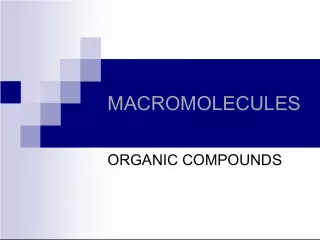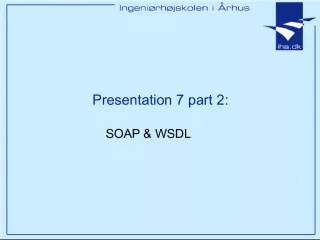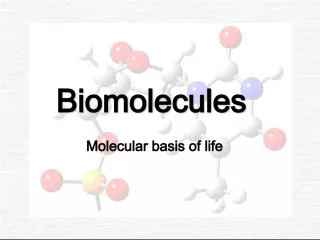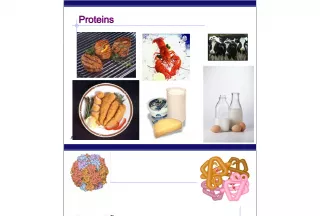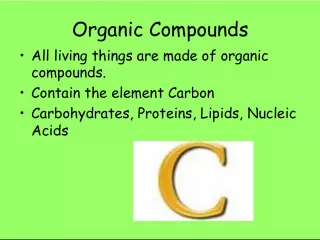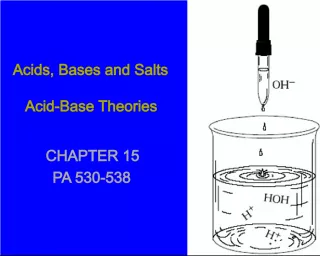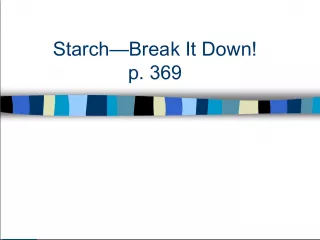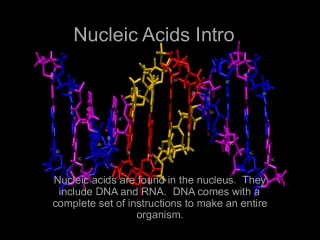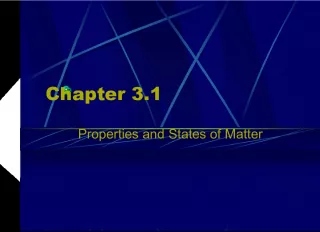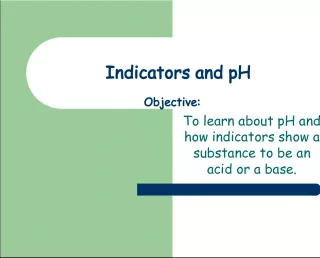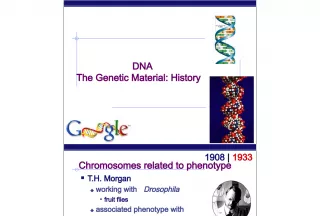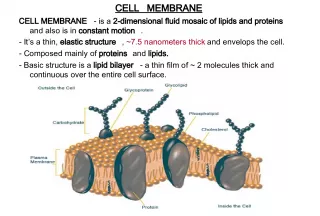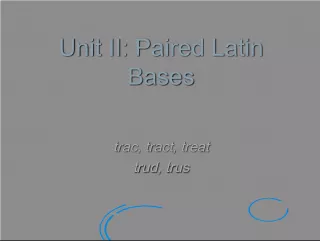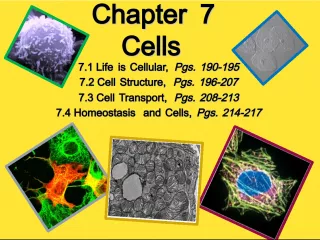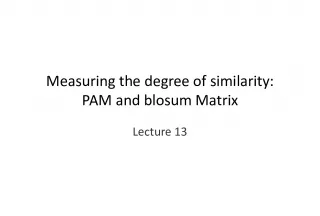Amino Acids and Proteins: The Building Blocks of Life
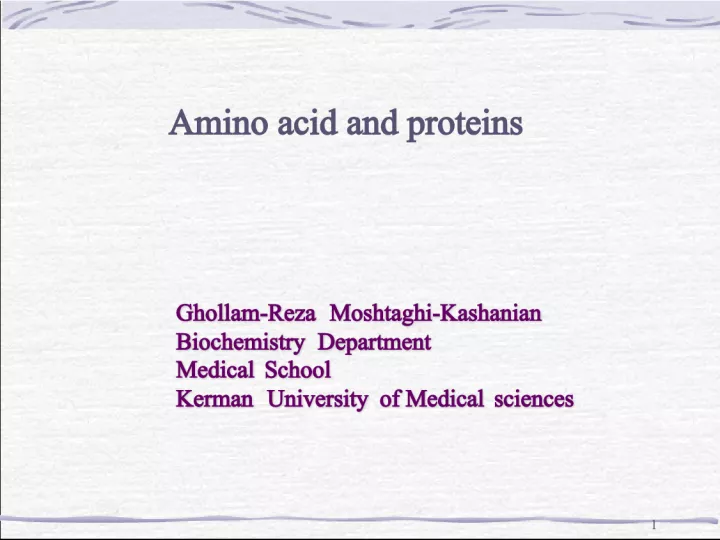

This article explores the fundamental concept of amino acids and proteins in biochemistry. The authors, Ghollam Reza Moshtaghi Kashanian and the Biochemistry
- Uploaded on | 1 Views
-
 liamlucas
liamlucas
About Amino Acids and Proteins: The Building Blocks of Life
PowerPoint presentation about 'Amino Acids and Proteins: The Building Blocks of Life'. This presentation describes the topic on This article explores the fundamental concept of amino acids and proteins in biochemistry. The authors, Ghollam Reza Moshtaghi Kashanian and the Biochemistry. The key topics included in this slideshow are . Download this presentation absolutely free.
Presentation Transcript
Slide11Amino acid and proteins Ghollam-Reza Moshtaghi-Kashanian Ghollam-Reza Moshtaghi-Kashanian Biochemistry Department Biochemistry Department Medical School Medical School Kerman University of Medical sciences Kerman University of Medical sciences
Slide22Classification of Bio-Molecules Proteins Wide range of roles Within the cell Enzymes Structural Gene activators / suppressors Membrane receptors / transporters Contractile elements
Slide33Proteins Wide range of roles Outside of the cell Enzymes Structural Hormones Antibodies Toxins Transporters (Membrane receptors / transporters)
Slide44Proteins How do they accomplish so many functions? A multitude of shapes Interact selectively with other molecules High specificity
Slide55Proteins Structure Polymers of amino acid ( ) monomers Two aspects of structure Shared properties Properties unique to each
Slide66Proteins Amino Acids – Shared properties A carboxyl and an amino group separated by a carbon atom – the carbon. At physiological pH the carboxyl looses a proton and the amino group accepts a proton
Slide77Proteins Amino Acids – Shared properties During protein synthesis each amino acid is linked to the next via a peptide bond – forming a polypeptide A peptide bond results from the linkage of the carboxyl group of one amino acid to the amine group of its neighbor, with the elimination of a molecule of water
Slide88Proteins Amino Acids – Unique properties The side chain group or R group – 20 forms R group properties provide the basis of the diverse structure and activities of proteins.
Slide99Amino Acids – Unique properties The side chain group or R group – 20 forms
Slide1010Amino Acids – Unique properties The side chain group or R group – 20 forms
Slide1111Proteins Structure Description at several levels of organization Primary, secondary, tertiary, quaternary
Slide1212Proteins Structure Primary sequence Possible variations x = 20 n , where n = the no. in the polypeptide If n = 10 X = 10 13 If n = 20 X = 10 26
Slide1313Proteins Structure Secondary Conformation of specific regions Two specific types Alpha helix Beta-pleated sheet – composed of strands Portions not organized into an helix or a sheet consist of turns, hinges, loops or finger-like extensions
Slide1414Proteins Structure Secondary In pictorial representations helices are shown as helical ribbons and strands as flattened arrows
Slide1515Proteins Structure Tertiary The conformation of the entire protein Ribonuclease Leptin
Slide1616Proteins Structure Quaternary Multiples of single polypeptides linked together Each polypeptide is termed a subunit May be linked by Covalent disulfide bridges Non-covalent between hydrophobic patches In two-polypeptide proteins: if the subunits are identical – it is a homodimer If the subunits are different – it is a heterodimer
Slide1717Proteins Structure Dynamic changes within proteins Protein structure is not rigid or inflexible Capable of considerable internal movements Some random and small-scale Predictable changes triggered by interaction with another molecule are conformational changes Complexes of proteins form and break Association and Dissociation Interacting proteins have complementary surfaces As they come into close contact their interaction is stabilized by non-covalent bonds
